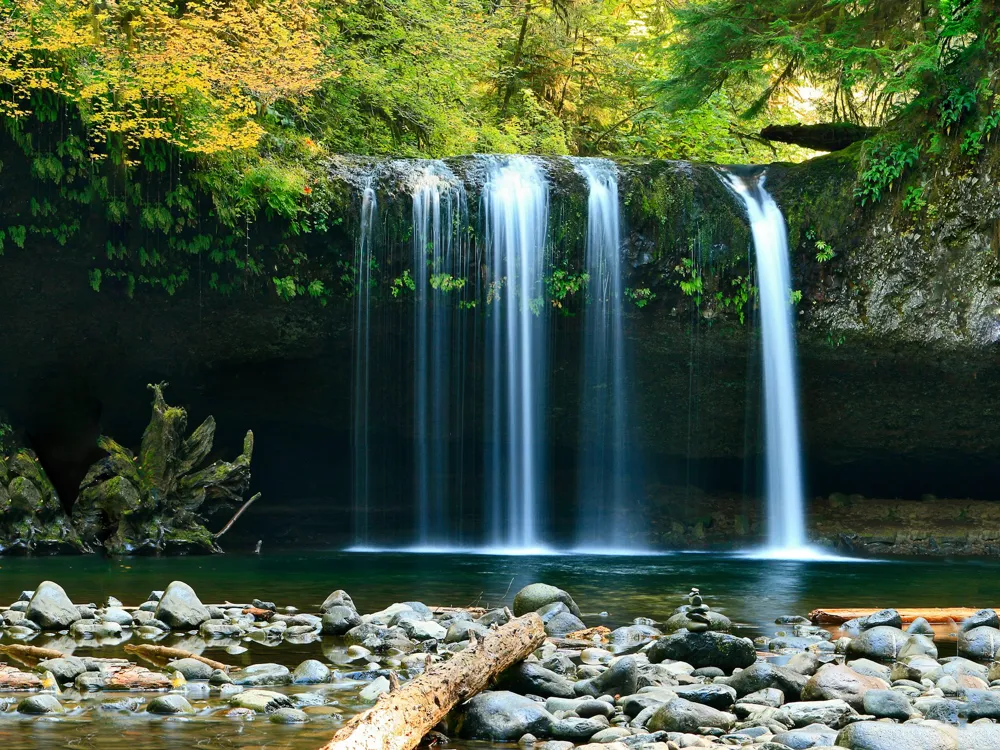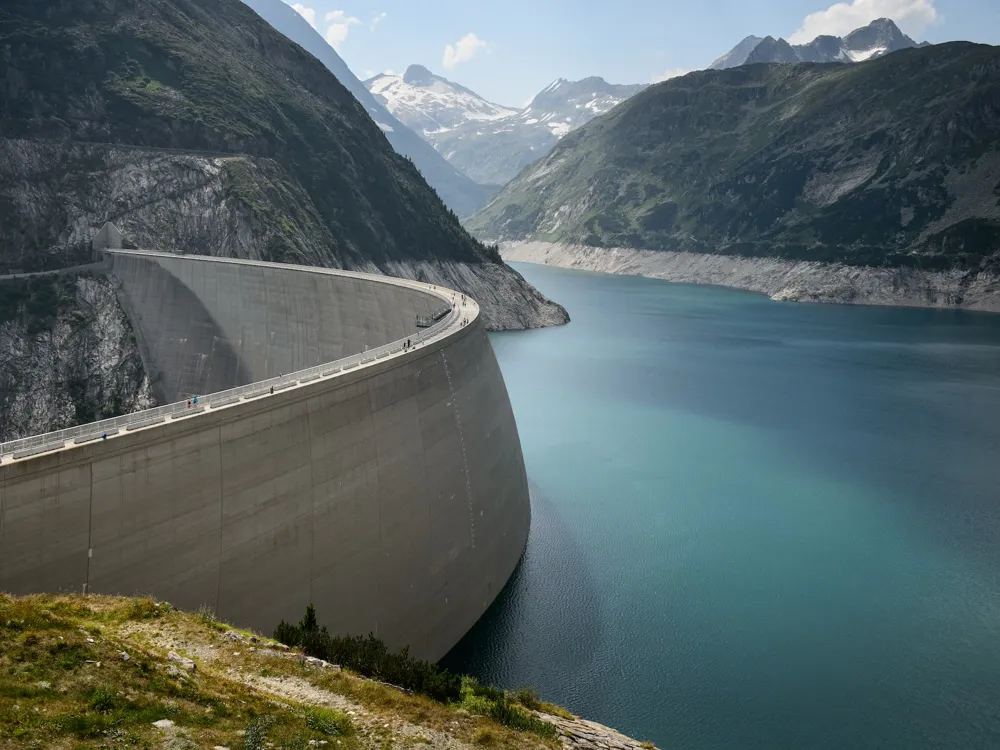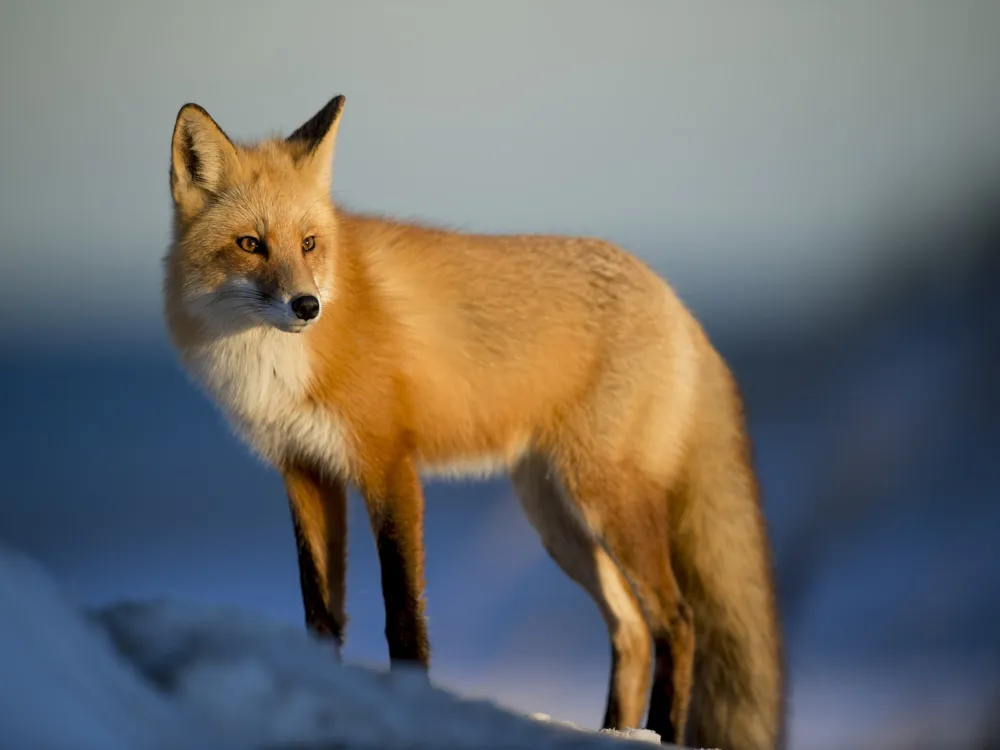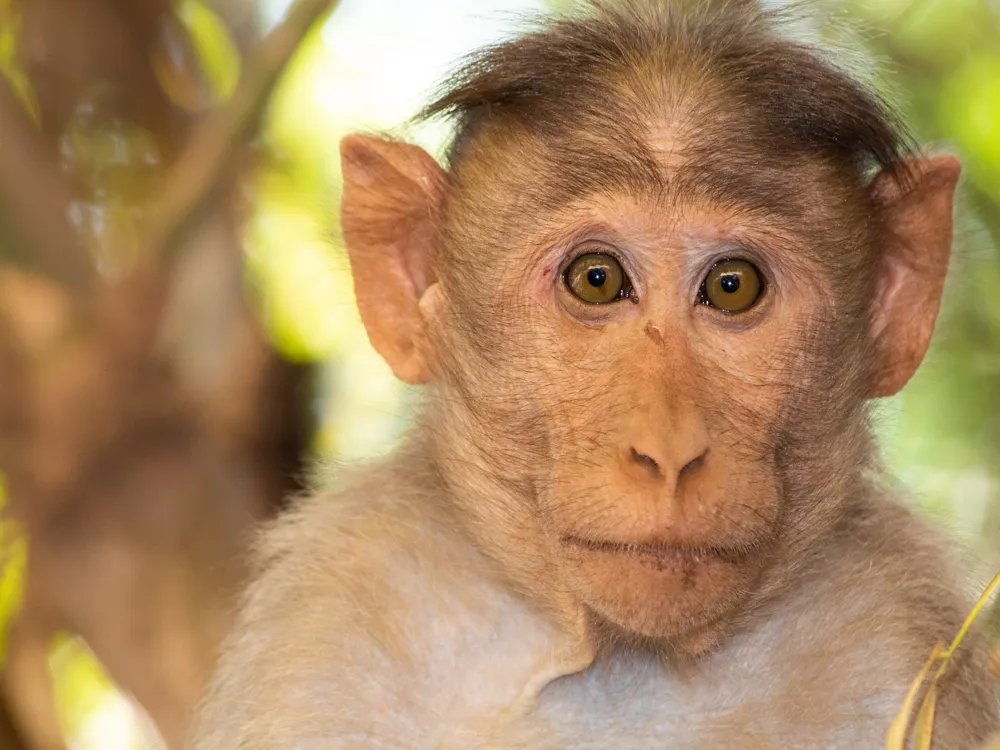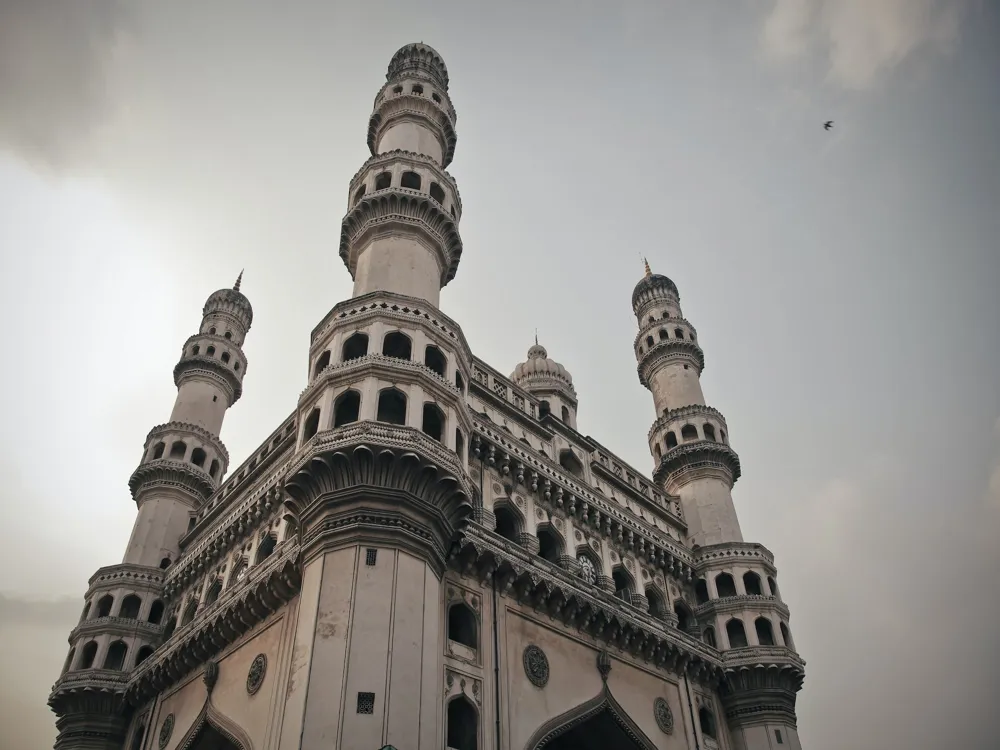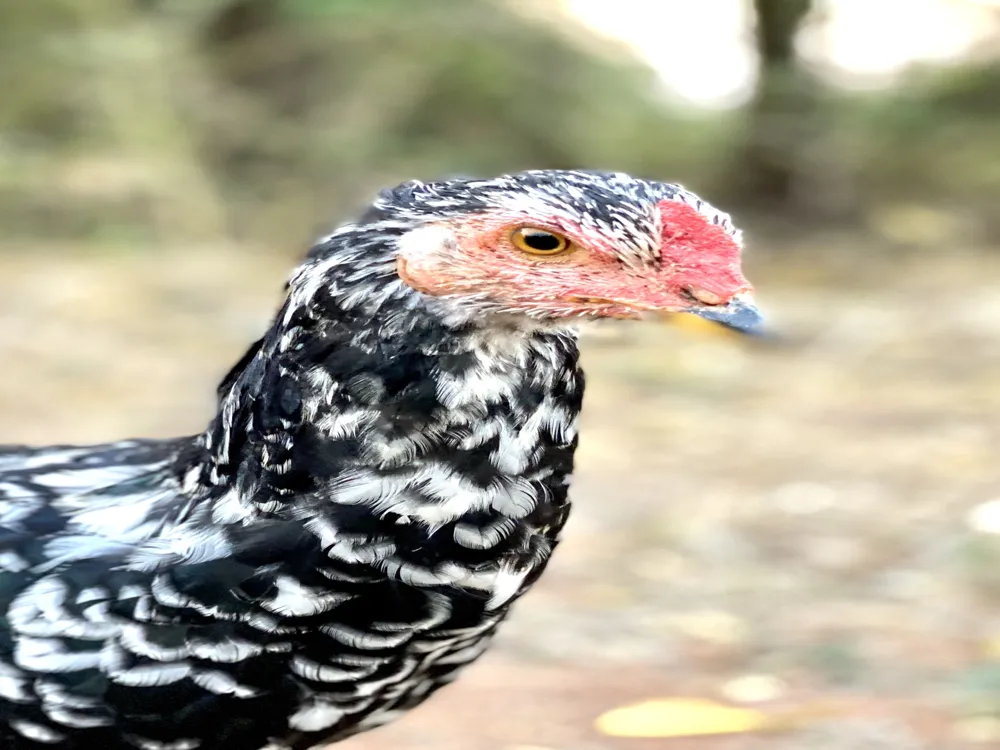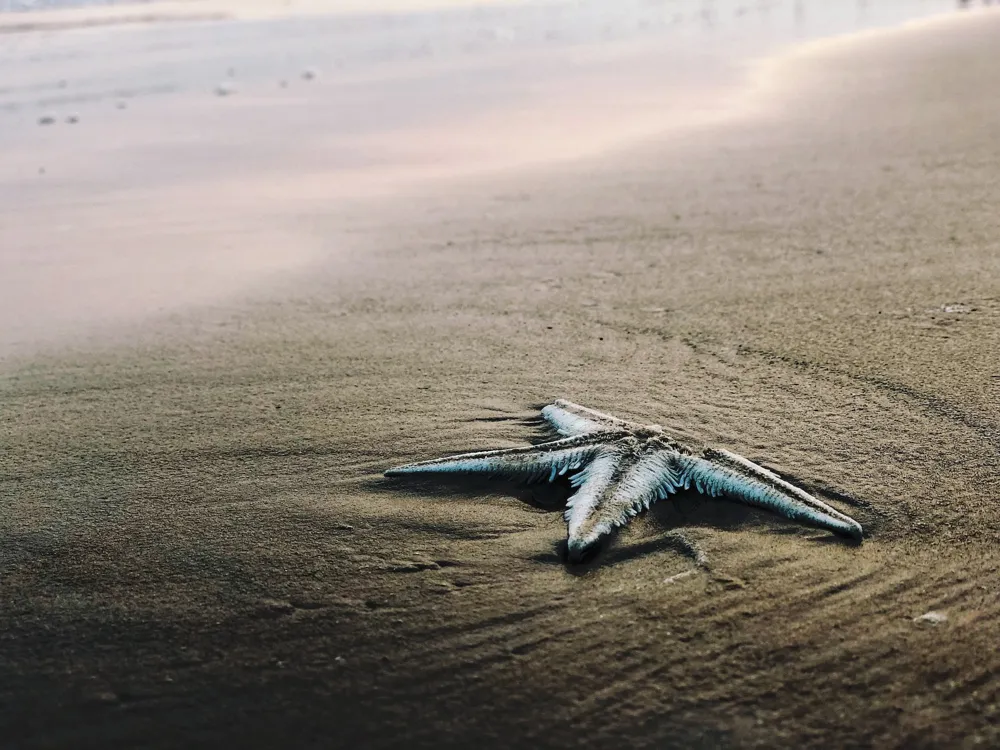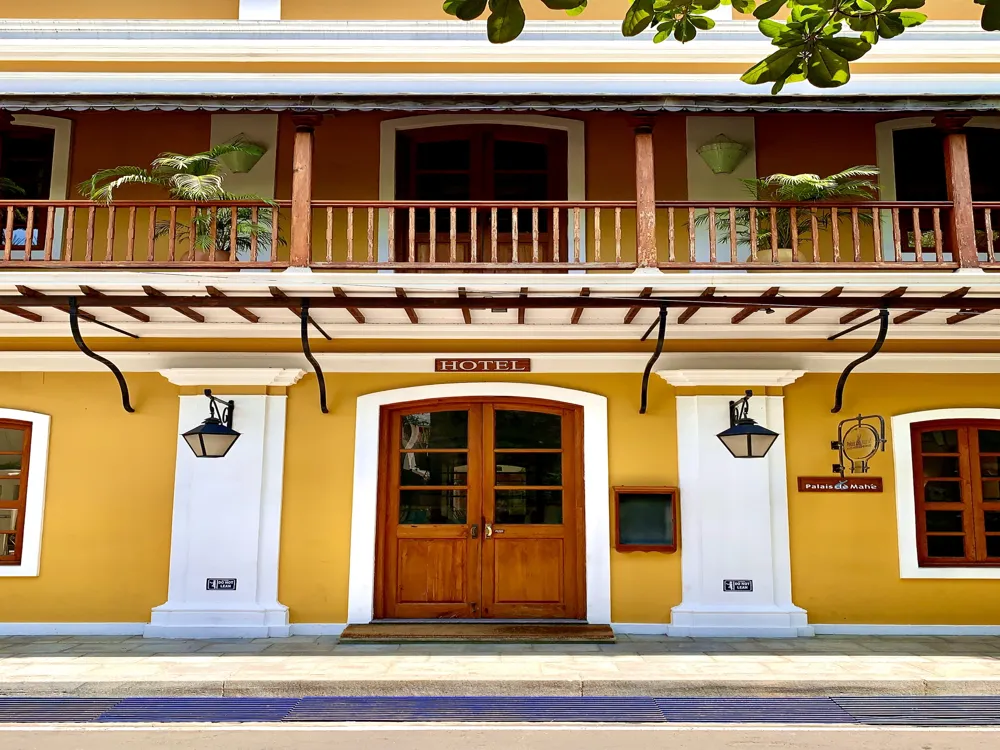Nestled in the verdant landscapes of Telangana, Ethipothala Waterfall stands as a spectacular natural wonder, captivating visitors with its sheer beauty and serene ambiance. Originating from the Chandravanka, a tributary of the River Krishna, this breathtaking waterfall cascades from a height of about 70 feet, creating a magnificent sight. The name 'Ethipothala' has its roots in the local language, where 'Ehti' means to lift and 'Pothala' denotes pour, reflecting the essence of the waterfall's flow. The surrounding area of Ethipothala Waterfall is rich in flora and fauna, providing a picturesque backdrop that complements the waterfall's splendor. This region, part of the Nagarjunsagar-Srisailam Tiger Reserve, is a haven for biodiversity, hosting various species of birds, butterflies, and wildlife, making it an ideal spot for nature enthusiasts and photographers alike. The waterfall's proximity to the famous Nagarjunsagar Dam adds to its allure, as visitors often combine trips to these two landmarks. The dam, one of the largest in India, is an engineering marvel and contributes significantly to the region's irrigation and power generation. The synergy between the man-made structure and the natural waterfall creates a unique travel experience. Cultural significance is also a facet of Ethipothala's charm. The region is dotted with ancient Buddhist and Hindu temples, reflecting the rich historical and spiritual heritage of the area. These temples not only offer spiritual solace but also provide a glimpse into the architectural grandeur of bygone eras. Ethipothala is not just a feast for the eyes; it also offers a range of activities for visitors. Boating near the waterfall, trekking along the scenic trails, and exploring the nearby caves are popular activities that enhance the visitor experience. The waterfall's base forms a lagoon which is home to a crocodile breeding center, adding another unique aspect to this natural wonder. While the Ethipothala Waterfall is a natural structure, its 'architecture' can be described in terms of its geological and hydrological features that contribute to its distinctive appearance and ecosystem. The waterfall is a result of the unique geological formations in the area, primarily composed of limestone and quartzite rocks. These rocks have been shaped over millions of years by natural forces, resulting in the stunning cascades we see today. The waterfall's design, if one could call it that, is characterized by its multi-tiered structure, where water flows in a series of steps or tiers. This tiered formation not only enhances the aesthetic appeal of the waterfall but also plays a crucial role in the ecosystem, as it helps in oxygenating the water and supporting aquatic life. The surrounding landscape plays a vital role in the 'architecture' of Ethipothala. The dense forests and rugged terrain around the waterfall contribute to its secluded and pristine nature, making it a tranquil retreat away from the hustle and bustle of city life. The lush greenery also acts as a natural filter, maintaining the clarity and purity of the water. The hydrological aspect of Ethipothala is equally fascinating. The waterfall is fed by seasonal rainfalls and the Chandravanka river, resulting in varying intensities and volumes of water flow throughout the year. The monsoon season, in particular, transforms the waterfall into a mighty torrent, offering a completely different visual spectacle compared to the gentler flows of the dry season. The interaction between the waterfall and the local ecosystem is an integral part of its 'architecture'. The waterfall creates a micro-habitat for various species of flora and fauna, with the misty environment near the falls supporting a range of unique plant and animal life. The sounds of the cascading water, the cool mist, and the lush green surroundings all contribute to a sensory experience that is both rejuvenating and awe-inspiring. The ideal time to visit Ethipothala Waterfall is during the monsoon and post-monsoon months, from July to October. During this period, the waterfall is at its fullest, offering a spectacular view. However, visitors should be cautious as the area can be slippery and the flow of water can be quite powerful. It is crucial to follow safety guidelines while visiting the waterfall. Avoid venturing too close to the edge or swimming in the pool, as currents can be strong. Always keep an eye on children and follow any instructions provided by local authorities. Visitors are encouraged to explore the nearby Nagarjunsagar Dam and the ancient temples in the vicinity. These sites offer a rich historical and cultural experience that complements the natural beauty of the waterfall. For photography enthusiasts, the waterfall provides a stunning backdrop. Early morning or late afternoon light offers the best conditions for photography. Using a tripod can help capture the waterfall's motion in a smooth, flowing manner. Visitors are encouraged to be eco-friendly by avoiding littering and disturbing the natural habitat. Carrying reusable water bottles and avoiding plastic can significantly contribute to preserving the pristine nature of the waterfall. Ethipothala Waterfall is accessible via road from major cities like Hyderabad, which is approximately 176 kilometers away. The nearest town is Macherla, located about 13 kilometers from the waterfall. Visitors can hire taxis or drive their own vehicles to reach the waterfall. For those preferring public transportation, buses are available from various cities to Macherla, from where local transport can be taken to reach Ethipothala. Read More:Overview of Ethipothala Waterfall in Nagarjunsagar, Telangana
Architecture of Ethipothala Waterfall
Tips When Visiting Ethipothala Waterfall
Best Time to Visit
Safety Precautions
Exploring the Surrounding Area
Photography Tips
Eco-Friendly Visits
How To Reach Ethipothala Waterfall
Ethipothala Waterfall
Nagarjunsagar
Telangana
NaN onwards
View nagarjunsagar Packages
Weather :
Label : Must Visit
Tags : Waterfall
Height : 22 m
Entry Fee : No Entry fee
Time Required : 1 - 2 Hours
Planning a Trip? Ask Your Question
Nagarjunsagar Travel Packages
View All Packages For Nagarjunsagar
Top Hotel Collections for Nagarjunsagar

Private Pool

Luxury Hotels

5-Star Hotels

Pet Friendly
Top Hotels Near Nagarjunsagar
Other Top Ranking Places In Nagarjunsagar
View All Places To Visit In nagarjunsagar
View nagarjunsagar Packages
Weather :
Label : Must Visit
Tags : Waterfall
Height : 22 m
Entry Fee : No Entry fee
Time Required : 1 - 2 Hours
Planning a Trip? Ask Your Question
Nagarjunsagar Travel Packages
View All Packages For Nagarjunsagar
Top Hotel Collections for Nagarjunsagar

Private Pool

Luxury Hotels

5-Star Hotels

Pet Friendly







